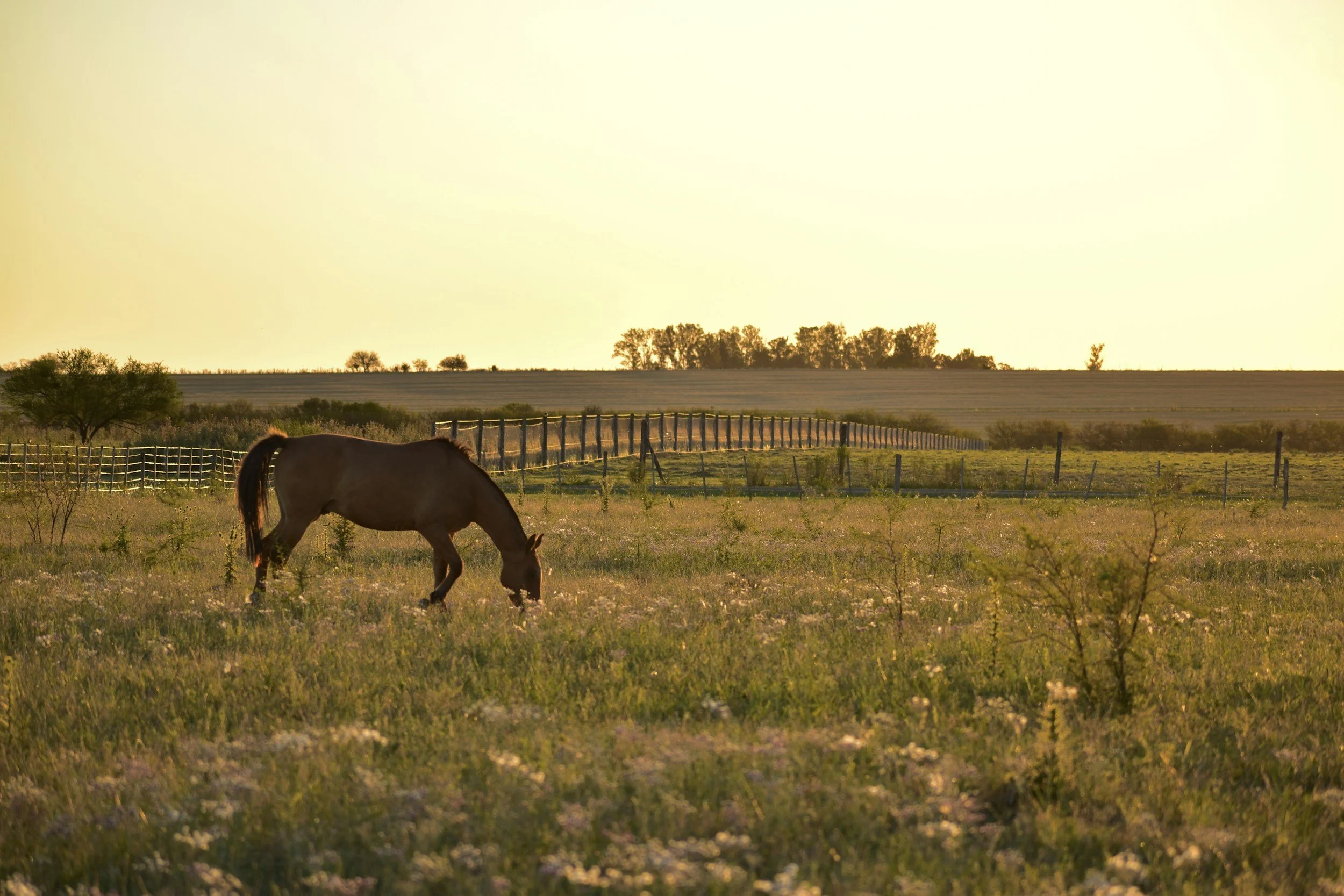By: Roger Battiston, Senior Staff Member
On January 18, 2012, the Obama administration rejected the application for the proposed 1,661-mile extension of the Keystone Oil Pipeline.[1] The proposed pipeline would span from Hardesty, Canada and cross through six states, ending on the Gulf Coast in Port Arthur, Texas.[2] Proponents of the pipeline have argued that it would supply the U.S. with a steady stream of crude oil from Canada, amounting to hundreds of thousands of barrels per day, and would create jobs that would stimulate the weak U.S. economy.[3] Those opposed to the pipeline project have cited environmental concerns and argue that the pipeline would do very little to curb the U.S.’s dependence on foreign oil. [4]
Because of the profound size of the Keystone Oil Pipeline expansion, it is no surprise that it has become heavily politicized. President Obama had not made a decision on the pipeline for much of 2011, but was forced to approve or deny the application when Congress passed legislation mandating a decision by February 21, 2012.[5] In a statement released from the President, the application was denied, not because of environmental concerns, but because the deadline did not provide enough time for the administration to make an informed decision.[6] The statement noted that the decision “… is not a judgment on the merits of the pipeline, but the arbitrary nature of a deadline that prevented the State Department from gathering the information necessary to approve the project and protect the American people.”[7]
While groups opposing and supporting the project have valid arguments, the Obama administration’s decision is quite laudable. When a project of this magnitude is proposed, careful consideration of its advantages and disadvantages should be made. Rushing the decision could lead to serious unforeseen consequences.
[1] Sanchez, Barack Obama rejects controversial Keystone oil pipeline, The Telegraph, Jan.18, 2012, http://www.telegraph.co.uk/news/worldnews/barackobama/9023975/Barack-Obama-rejects-controversial-Keystone-oil-pipeline.html.
[2]Keystone Pipeline System, 3 (2011)http://www.transcanada.com/docs/Key_Projects/keystone.pdf.
[3] Broder and Frosch, Rejecting Pipeline Proposal, Obama Blames Congress, The New York Times, Jan. 18, 2012, http://www.nytimes.com/2012/01/19/us/state-dept-to-put-oil-pipeline-on-hold.html?_r=1.
[4]Id.
[5] Daly, Obama, GOP back in tussle over oil pipeline, Associated Press, Jan. 19, 2012,http://abcnews.go.com/Politics/wireStory/obama-gop-back-tussle-oil-pipeline-15391420.
[6] Office of Press Secretary, Statement by the President on the Keystone XL Pipeline (2012)http://www.whitehouse.gov/the-press-office/2012/01/18/statement-president-keystone-xl-pipeline.
[7]Id.














